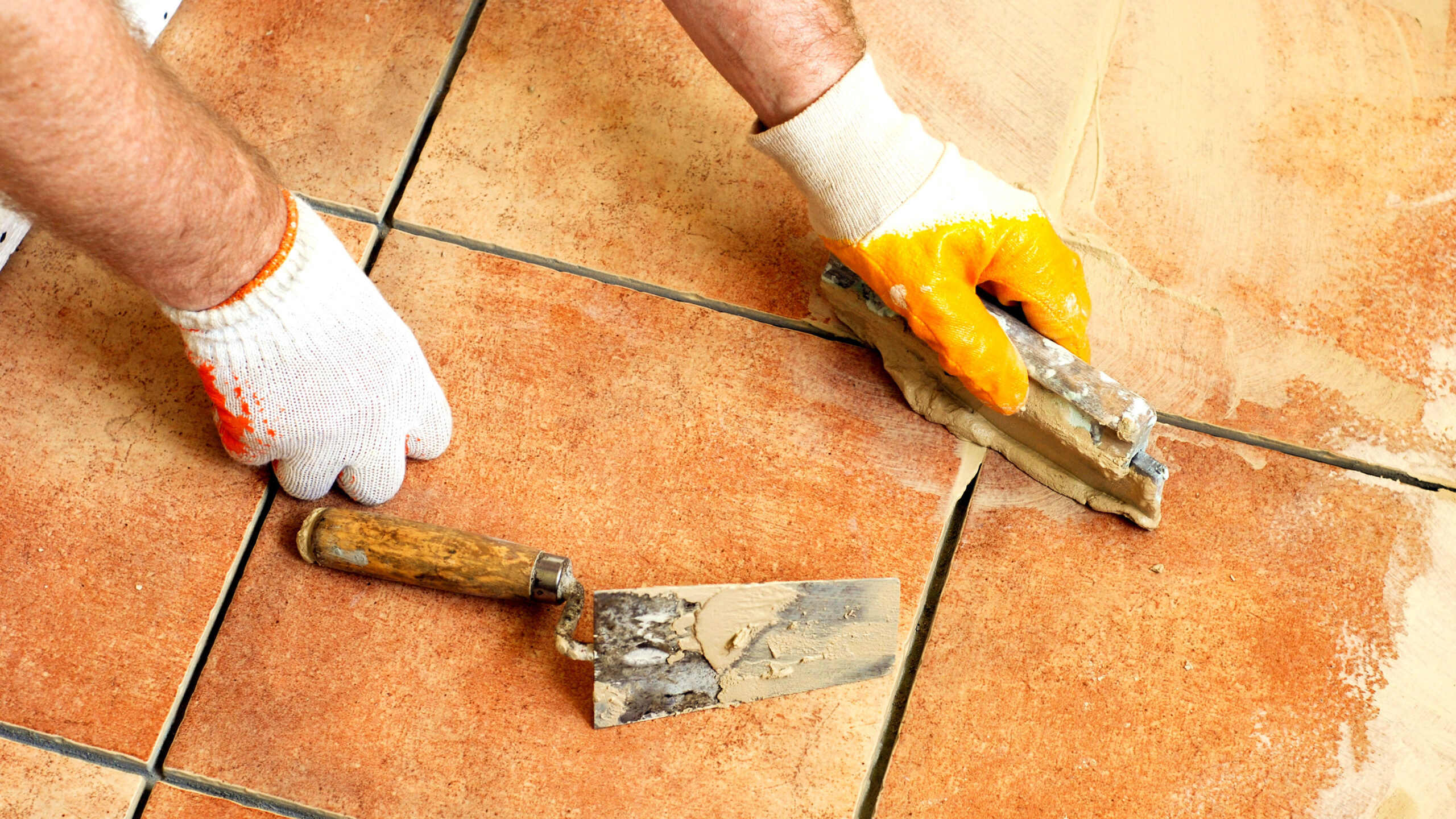When you glance at a beautifully tiled space, have you ever wondered about the humble yet crucial element that holds it all together? Tile grout, often overlooked yet indispensable, plays a vital role in ensuring the durability and aesthetics of your tiled surfaces. But what exactly is the significance of this unassuming material, and how does it contribute to the overall integrity of your tile installations?
Let’s explore the world of tile grout and uncover its secrets.
Importance of Tile Grout
- Understanding the importance of tile grout is essential for maintaining the longevity and aesthetics of your tiled surfaces. Grout is a vital component that fills the spaces between tiles, providing stability and support while enhancing the overall look of your tile installation. One of the key benefits of using tile grout is its ability to prevent moisture from seeping into the substrate, which can lead to mold, mildew, and structural damage over time. Additionally, grout helps to keep tiles in place, preventing shifting and potential breakage.
- When it comes to applications, tile grout is versatile and can be used in various settings, including bathrooms, kitchens, floors, and walls. It comes in different colors to complement your tiles and design preferences, further enhancing the visual appeal of your space. Properly applied grout not only improves the durability of your tiled surfaces but also makes cleaning and maintenance easier. By understanding the benefits and applications of tile grout, you can ensure that your tiled surfaces remain beautiful and functional for years to come.
Types of Tile Grout
- To fully appreciate the significance of tile grout, recognizing the various types available is crucial for selecting the most suitable option for your specific tiling project. When it comes to types of tile grout, one key consideration is grout colors. Grout colors play a significant role in the overall aesthetic of your tiled surface. You can choose a grout color that blends seamlessly with your tiles for a cohesive look or opt for a contrasting color to make your tiles stand out.
- Another essential aspect to consider is grout sealers. Grout sealers are used to protect the grout from stains, water damage, and mold growth. There are different types of grout sealers available, including penetrating sealers and surface sealers. Penetrating sealers soak into the grout, providing long-lasting protection, while surface sealers create a protective layer on top of the grout.

Functions of Tile Grout
- Grout serves as a vital component in tile installations, providing stability, support, and protection to ensure the longevity and durability of your tiled surfaces. Grout sealing is a crucial function that helps prevent water, dirt, and grime from seeping into the gaps between tiles. By sealing the grout lines, you create a barrier that enhances the overall waterproofing of your tiled area, reducing the risk of mold, mildew, and staining.
- Additionally, grout cleaning plays a significant role in maintaining the appearance and hygiene of your tiled surfaces. Over time, grout can accumulate dirt, soap scum, and other contaminants, leading to discoloration and unsightly grime.
- Regular grout cleaning not only keeps your tiles looking fresh and clean but also helps prevent bacterial growth and odors. By using appropriate cleaning solutions and techniques, you can effectively remove dirt and stains from the grout lines, preserving the aesthetic appeal of your tiled spaces for years to come.
Maintaining Tile Grout
- Proper maintenance of tile grout is essential for preserving the integrity and cleanliness of your tiled surfaces over time. To ensure your tile grout remains in top condition, it’s crucial to employ effective cleaning techniques and prevention methods.
- Regular cleaning is key to maintaining tile grout. Use a mild detergent or a specialized grout cleaner with a brush to scrub away dirt and grime. For tougher stains, a mixture of baking soda and water can be effective in restoring the grout’s cleanliness. Remember to rinse thoroughly to prevent any residue from settling back into the grout lines.
- Prevention is equally important in preserving tile grout. Sealants can be applied to grout lines to create a protective barrier against moisture and stains. Additionally, be proactive in addressing spills promptly to prevent them from seeping into the grout. By implementing these cleaning techniques and prevention methods, you can prolong the lifespan of your tile grout and keep your tiled surfaces looking fresh and well-maintained.
Repairing Tile Grout
- Maintaining the structural integrity of your tile grout requires timely and meticulous repairs to address any signs of wear and damage that may compromise the overall quality of your tiled surfaces. When repairing tile grout, it’s essential to pay attention to the grout color to ensure a seamless blend with the existing grout lines.
- Start by carefully removing any damaged grout with a grout saw or knife, ensuring not to damage the surrounding tiles. Once the old grout is cleared, prepare the area by cleaning it thoroughly to remove any debris or residue.
- After cleaning, choose a grout color that matches the existing grout lines, ensuring a cohesive look. Mix the new grout according to the manufacturer’s instructions and apply it evenly using a grout float. Once the grout has set for the specified time, use a grout sealer to protect it from stains and water damage. Properly sealing the grout will prolong its lifespan and keep your tiled surfaces looking pristine for years to come.
Conclusion
In conclusion, tile grout plays a crucial role in the overall appearance and functionality of tiled surfaces. With various types available, it’s important to choose the right grout for your specific needs. Proper maintenance and regular cleaning are essential to prolong the lifespan of tile grout and prevent any issues. When repairs are needed, addressing them promptly can help prevent further damage and ensure the longevity of your tiled surfaces.